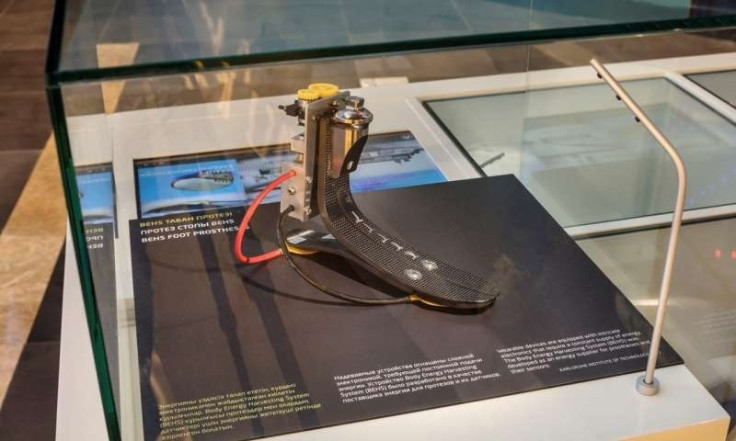No need for a plug: New technology lets you power your smartphone simply by moving
Researchers have created two devices which harness the power generated by the body.

Over recent years, portable or wearable electronics have become increasingly ubiquitous. These products may be beneficial to us in numerous ways but they all have one thing in common: a constant hunger for electricity which can often be an inconvenience.
In response to this problem, researchers from the Karlsruhe Institute of Technology (KIT) have developed two proof-of-concept systems which can supply power to devices ranging from smartphones to pacemakers by harnessing the body's own movements, without requiring any extra effort.
"If you want to harvest the energy produced by movements of the body, the challenge lies in the requirement that this power generation must not demand any additional power input by the user," said Christian Pylatiuk of the Institute for Applied Informatics.
Both the team's systems meet this requirement. The first design harnesses the energy the body produces while walking, using small cushions filled with liquid that are placed under the foot.
As the wearer moves, the cushions are squashed and unsquashed causing the liquid inside them to be pumped back and forth through a connected hose. This drives a piston which in turn drives a generator, creating electricity.
The team incorporated this system into a foot prosthesis which supports the movements of the wearer. "However, the mechanism could just as well be installed in a sports shoe to operate a performance diagnosing system," said Pylatiuk.
The second design can be worn on the wrist like a watch, and was developed with the principles of automatic watches in mind, albeit with slight modifications.
Both are powered by the moving arm but in automatic watches, energy is stored using a gyrating mass which winds a spring, whereas in the new device, a magnet moving back and forth inside a coil generates the electricity.
While the two new systems developed by the team are in their early stages Pylatiuk says they are currently working on more powerful versions set to be completed by the end of the year.
© Copyright IBTimes 2024. All rights reserved.





